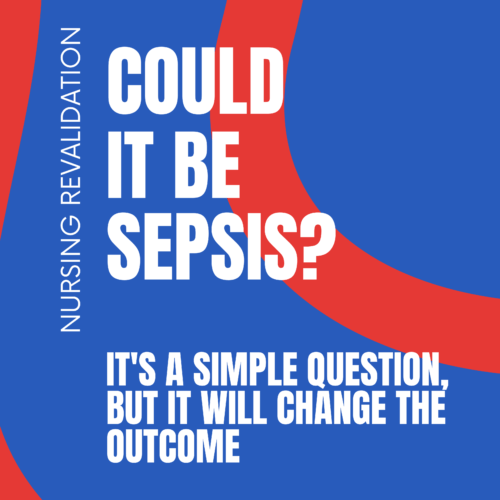Despite the growing evidence made available to reduce the spread and consequences of coronavirus, some features and complications of the virus remain elusive to modern medicine. Still, not everything is clear and many hypotheses try to explain a few shocking features of COVID-19. One of them is viral sepsis.
After reading this piece, you will also understand how sepsis contributes to organ failure and the life-threatening symptoms in the current pandemics.
What is sepsis?
Sepsis is dysregulation of the host response to an infection, which causes generalised inflammation not limited to the colonised organ or system. This abnormal immune response affects other systems and organs, causing multisystemic organ dysfunction and severe complications.
In coronavirus, the source of the infection is usually located in the respiratory system, with familiar signs and symptoms such as cough and fever. This primary site of infection can be affected by severe inflammation, causing pneumonia and requiring urgent hospital admission. But in such complicated cases, other systems and organs can be affected, which is consistent with the definition of sepsis.
20% of patients in the Intensive Care Units are kidney failure. 30% of severe cases in the Accident & Emergency are expected to have a liver injury. And up to 75% of these cases coexist with abnormalities in the immune system. Moreover, septic shock has been reported in 70% of patients with severe disease, and hospitalised patients have a significant chance of heart damage, arrhythmia, and heart failure.
Considering these alarming numbers, it is clear that there’s something more than just a respiratory infection. Coronavirus trigger systemic inflammatory response.
Cytokine storm and viral sepsis
In vitro studies they show that cells infected with COVID-19 start secreting high levels of proinflammatory cytokines and chemokines. When all infected cells in the affected organ start releasing such substances. This cytokine storm causes a systemic inflammatory response (sepsis).
Viral sepsis triggers many of the complications we can find in the Accident & Emergency Department:
- Inflammation promotes coagulation through an increase of fibrinogen levels and a reduction of anti-thrombin.
- T cells overly stimulated by a cytokine storm go through clonal expansion, but they trigger apoptosis right after that. The result is severe lymphopenia and a depressed immune system.
- Hyperinflammation alters the balance in the microcirculation, resulting in capillary leaks, hypotension, and systemic shock.
- Capillary leaks and hypotension contribute to worsening the condition of acute respiratory distress syndrome.
Recent studies have raised the hypothesis that superantigens are responsible for the viral sepsis features of coronavirus in the A&E. These are proteins that stimulate T cells without a restriction. Instead of the classical T-cell response of 0.01%, superantigens activate 25% of T-cells.
What can we do?
There are many hypotheses to solve and questions that remain without an answer. Still, we do know that hyperinflammation plays a significant role in the severity of coronavirus. Blocking this cytokine storm is fundamental as a therapeutic option for COVID-19. Clinical trials with tocilizumab (IL-6) and anakinra (IL-1) are improving the survival of these patients who are already showing symptoms of viral sepsis.
Another option would be using corticosteroids, but clinicians disagree on when and how to use them correctly. Corticosteroid treatment blocks the inflammatory response in patients with viral sepsis and reduces mortality risk, but not dramatically. The most commonly used corticosteroid is dexamethasone. It has meta-analyses with promising results on short-term mortality and seems to be superior to other steroids in reducing the complications of coronavirus sepsis.
Current discrepancies and conclusions
Despite the evidence and the rationale laid down in this article, there is much more to learn about coronavirus molecular mechanisms. Thus, not all authors share the same opinions. For example, in an article published in Intensive Care Medicine, Dr. Leisman et al. mentions that there is no evidence to point out a cytokine storm as a cause of the emergency symptoms in the Intensive Care Unit. Thus, he advises against cytokine-blockade agents as an option to solve the problem. Instead, he proposes anticoagulation measures as the priority in these patients.
These discrepancies and challenges to what we already know make up science, and it is through science that we will get back to safety and protect our patients. As we understand more about coronavirus, we might cross many hypotheses as a misconception. Still, we will always agree that severe cases display alarming features that resemble sepsis, pointing out inflammation as one of the main aggravating factors of the disease.
At present, no specific treatment has been set up for COVID-19. What we have is a set of recommendations based on science and guided by each physician and their experience with the disease and its variants. Thus, we still advocate for social distancing, handwashing, and other protective measures. Strict adherence will curb the spread of the disease, reduce the incidence of severe cases, and keep our loved ones safe.

